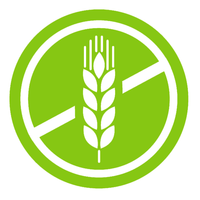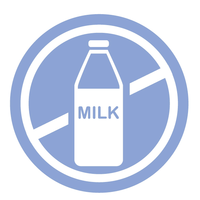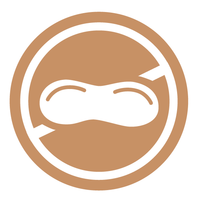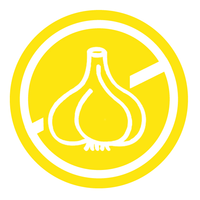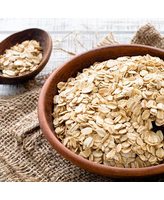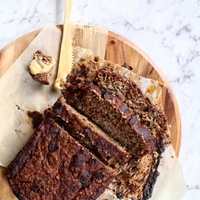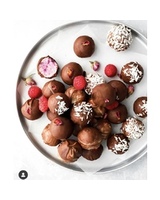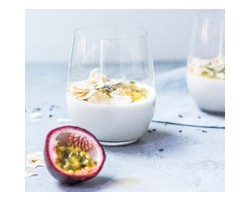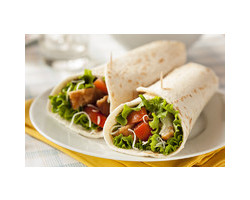Understanding FODMAPS
You’ve most likely heard the term FODMAPS before but many people still wonder what exactly it is. The acronym stands for:
F - fermentable
O - Oligo-saccharides (eg Fructans and Galacto-oliogo saccharides (GOS))
D - Di-saccharides (eg Lactose)
M - Mono-saccharides (eg excess Fructose)
A - and
P - Polyols (eg Sorbitol, Mannitol, Maltitol, Xylitol and Isomalt)
These names are a collection of sugar-based molecules that occur in foods, and can be hard for some people to break down and be absorbed in the small intestine. As the undigested food continues along to the large intestine, it acts as food for our bacteria, where the undigested particles then ferment. As a result, symptoms such as abdominal bloating, flatulence, changes in bowel movements (this can be diarrhea, constipation, or both), nausea, abdominal pain, or other gastrointestinal symptoms can occur.
Common FODMAP Food Sources
Common foods that have a high source of FODMAPS are listed below. While this list isn’t complete, it is always subject to change as new data becomes available.
- Fructose - asparagus, artichokes, sugar snap peas, apples, cherries, dried fruit, fruit bars, mango, pears, watermelon, apple juice, high fructose corn syrup, honey
- Lactose - cows milk, condensed milk, yogurt, soft cheeses, custard, ice cream
- Sorbitol & Mannitol - apples, apricots, peaches, pears, artificial sweeteners (sorbitol, mannitol, xylitol, isomalt), cauliflower, mushrooms, snow peas, watermelon
- Fructans and/or Galacto-oligosaccharides - artichokes, garlic, legumes, onion, watermelon, custard apples, barley, rye, wheat, cous cous, cashews, pistachios
This may seem like a lot, however, there is still an abundance of foods that you can still eat! You can find a link to some example foods which have some low FODMAP alternatives here.
In store at Sunnybrook, we have the Monash University Low FODMAP diet book available for purchase. We also make shopping easier for you by placing a purple sticker on each product shelf labels which represents that they are fructose friendly. Some products to have a look at when you’re in store next are:
- The ‘FODMAPPED for You’ range, which consists of FODMAP friendly sauces to add to your stir-fries, curries etc
- The ‘Irresistible’ FODMAP friendly lollies
- The low FODMAP Pantry’ selection, which includes sauces , stocks, pasta , breakfast cereals and more.
- You can find the entire range of fructose-friendly products on our online store here (Over 1400 at last count!!!)
Monash University also has a comprehensive database which can be found in their app which is really helpful - you can find more information here
Do you still have questions about adopting a FODMAP-friendly diet? As Sunnybrook, we have qualified nutritionists and naturopaths in-store that can help with your needs and a range of FODMAP foods.


